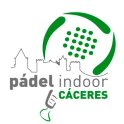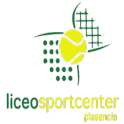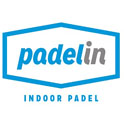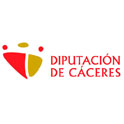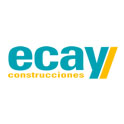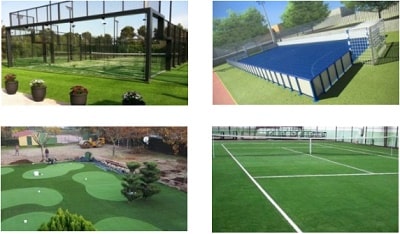THE TYPES OF FLOORING ON THE PADDLE TENNIS COURTS
What type of floor do you like to play paddle on?
There are different floor types in the regulation paddle courts, artificial grass, porous concrete, cement, paddle courts of synthetic materials, such as, resin and wood. Whatever paddle court is chosen, it is always essential that the paddle court’s surface should be flat, horizontal, and uniform; it should allow the ball to bounce regularly and avoid waterlogging. It is vital to carry out adequate maintenance of paddle tennis courts so that they last and last. Sport BS, we are specialists in installing paddle tennis courts, we are committed to the use and installation of paddle tennis courts with with high quality and resistant materials for their durability. According to the regulations, colors paddle tennis courts’ official colors, are green, blue and earthy-brown. It is possible that we can find floors in other colors, but they are not the approved ones. To guarantee the paddle court floor’s duration and quality, it must be well installed: the floor must be well smoothed, without inclination and provide good drainage. Obviously, maintenance after the construction of the paddle tennis court is a critical factor in conservation. Each material has its characteristics that can influence the game. These are the characteristics of the most common types of paddle tennis court floors that we will encounter:Artificial Turf Floor
Although different flooring types can be used in the construction of paddle tennis courts, artificial grass is more common due to its performance.
Artificial turf has a number of very essential features: it allows for slower play and promotes cushioning, thus reducing injury risk. The silica sand used in its installation facilitates the shoes’ grip, avoiding slipping and providing a proper slide.
In general, it is a more durable type of floor than others; it is installed in a floating way on a rigid pavement and is finished by filling and ballasting silica sand. There are several artificial grass types; the most used are polypropylene and polyethylene, less abrasive than others.
To really enjoy it, it is imperative that the material used is of high quality, and well cared for. That is why it is advisable to trust a paddle tennis court maintenance company that offers good service and has experience in this type of work.
Synthetic resin
Synthetic resin floors offer a wide variety of finishes, such as rubber-bonded resins for increased court padding that is comfortable for play. It also allows for fast and slow ball bounce friction. This type of flooring is used on the courts of many tournaments.
Porous concrete floor
The most important feature of the tracks with a porous concrete floor is their fully draining surface because they do not contain the sand used in standard concrete as a binder.
Porous concrete is not mixed with sand, and all the stone is granularly controlled; therefore, it is a surface with many pores through which water can circulate without any problem.
Cement paddle tennis courts
This type of surface for paddle tennis courts has been decreasing because it is a pavement that makes the ball’s speed faster. Cement floors make the game crazier, more difficult to enjoy as a spectator, and more tired to practice.

Sporting Constructions
Paddle tennis courts, tennis courts, football fields, golf courses...

Installation of Artificial Turf
Swimming pools, terraces, gardens, paddle tennis courts, football fields, golf courses...

Facilities Maintenance
Paddle tennis courts, sports facilities, football fields, golf courses...
The best paddle tennis courts
CONSTRUCTION at the BEST price
- PADDLE TENNIS COURTS CONSTRUCTION
- PADEL COURTS INSTALLATION
- PADDLE TENNIS COURTS MANUFACTURER
- PADEL COURT MAINTENANCE
Our Clients

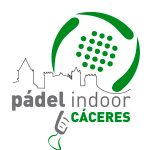


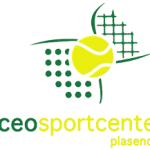

The best paddle tennis courts
CONSTRUCTION at the BEST price
- PADDLE TENNIS COURTS CONSTRUCTION
- PADEL COURTS INSTALLATION
- PADDLE TENNIS COURTS MANUFACTURER
- PADEL COURT MAINTENANCE
What they say about us
